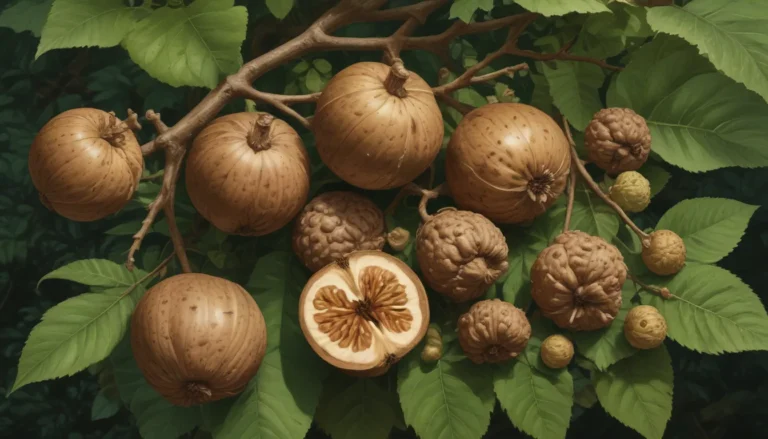The Ultimate Guide to Bone Meal: How to Use It Effectively in Your Garden

Are you considering using bone meal in your garden, but unsure of its benefits and potential drawbacks? Look no further! In this comprehensive guide, we will explore everything you need to know about bone meal, from its composition to its application in your garden soil.
What is Bone Meal?
Bone meal is an organic fertilizer derived from animal bones, typically waste from slaughterhouses. Through a steaming process, these bones are transformed into granules or powder, rich in phosphorus (P) along with calcium and a trace of nitrogen. But is it the right choice for your garden?
How to Use Bone Meal
When it comes to using bone meal in your garden, there are several key factors to consider. Let’s delve into each aspect to ensure you make the most of this organic fertilizer.
Soil Sense
Before adding any fertilizer to your garden, it’s crucial to understand your soil’s nutrient needs. Testing a soil sample for deficiencies will help you determine if bone meal is necessary. According to the Colorado State University Extension, applying phosphorus-rich fertilizers to soil that does not need it can lead to negative consequences such as chlorosis and impaired nutrient uptake. Therefore, always test your soil before adding bone meal.
Use as Recommended
If your soil test reveals a phosphorus deficiency, bone meal may be recommended. Apply according to the instructions on the package, typically around 10 pounds per 100 square feet of garden soil. Remember, moderation is key, and a single application per growing season is usually sufficient.
When choosing bone meal products, look for a balanced formula such as 3-15-0 for optimal phosphorus boost. Always follow the manufacturer’s guidelines for application.
The (Potentially) Darker Side
While bone meal is generally considered safe for garden use, there are some potential concerns to be aware of:
1. Consider Pet and Child Safety
Ensure bone meal is securely stored away from pets and children, as ingestion can lead to serious gastrointestinal issues.
2. Beware of Runoff
While bone meal itself is unlikely to cause runoff issues, it’s essential to avoid water-soluble phosphorus products that can harm ecosystems through algae blooms.
3. Avoid Potential Contamination
Choose American-made bone meal products to minimize the risk of contamination with diseases such as BSE. Always prioritize safety when selecting garden fertilizers.
Where to Buy
Looking for reputable bone meal products for your garden? Consider options such as:
-
Espoma Organic Bone Meal: OMRI listed for organic use, this product is available on Amazon in a 4-12-0 mix for strong roots and flowers.
-
Down to Earth Bone Meal: Another organic option, this product is labeled “People & Pet Safe when used as directed” and comes in 5-pound packages.
-
Burpee’s Natural & Organic Bone Meal: OMRI labeled for organic use, this product offers a 6-8-0 mix and is available in 3-pound bags.
Choose products that suit your gardening needs and prioritize safety and organic standards.
Application Tips
When applying bone meal in your garden, follow these simple steps for optimal results:
-
Dig: Prepare the planting area by digging and adding a thin layer of bone meal.
-
Cover: Place the bulbs or plants and cover with soil, then add a light sprinkling of bone meal on the surface.
-
Rake: Incorporate the bone meal into the soil to prevent runoff or wildlife interference.
-
Water: Ensure the bone meal is watered in properly to activate its nutrients.
Regular applications every two months can provide the necessary nutrients for your plants without overloading the soil.
Start with the Soil
Remember, healthy soil is the foundation of a successful garden. By understanding your soil’s needs and applying bone meal as directed, you can promote strong plant growth and bountiful harvests. Don’t be swayed by flashy packaging – focus on the soil’s health first and foremost.
In conclusion, bone meal can be a valuable addition to your garden when used correctly. By following soil tests, application guidelines, and safety precautions, you can harness the benefits of this organic fertilizer for your plants’ growth and vitality.
For more gardening insights and tips, check out our latest articles on:
-
Fertilizing Your Vegetable Garden
-
Understanding Soil Composition
-
Applying Garden Chemicals Safely and Organic Alternatives
Share your gardening experiences and questions in the comments below. Let’s grow together!
With additional writing and editing by Matt Suwak and Allison Sidhu.





